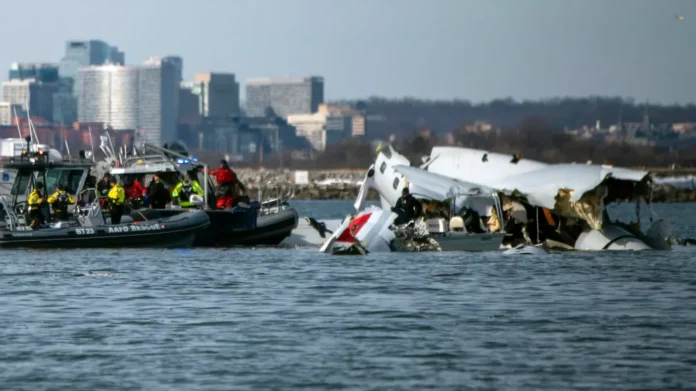Midair collisions are the rarest and most fatal type of accident in aviation. Modern air traffic control and technology have made them much less likely to happen, but history has shown that a split second mistake can be fatal. The midair collision between a commercial plane and a U.S. Army helicopter near Ronald Reagan Washington National Airport on Jan. 30, 2025 was a stark reminder that midair collisions can still happen. For now, investigations are ongoing, but already, it’s raised questions about aviation safety.

Midair Collisions That Changed Aviation Safety
Midair collisions leave a lasting impact on aviation and often lead to big changes in aviation safety. But how have these events shaped air travel? And what’s in place to stop them happening again?
One of the biggest midair disasters was over Los Angeles in 1986. An Aeroméxico Flight 498 collided with a private plane, a Piper PA-28 Cherokee, and both planes fell into a residential area. Everyone on board and several people on the ground were killed. The tragedy led to one of the biggest safety advancements in aviation: the Traffic Collision Avoidance System (TCAS).
TCAS allows planes to “talk” to each other, warning pilots if another plane is too close. If a collision is detected the system gives a command – to climb or descend – to prevent a disaster. Today, every commercial aircraft has TCAS.
Unfortunately, history has shown not following TCAS instructions can be fatal. In 2002, a Bashkirian Airlines flight collided with a DHL cargo plane over Germany because the pilot followed ATC’s instructions instead of TCAS. 71 lives were lost.
As a result, TCAS rules were changed—pilots must now always follow TCAS commands, even if they contradicts ATC instructions.

What’s Next for Midair Collision Prevention?
While TCAS has reduced midair collisions, air traffic is growing and new risks like drone interference are emerging. In response, aviation experts are working on AI driven air traffic control systems, real-time satellite tracking and automated collision avoidance.
Do you think technology alone is enough to prevent future collisions, or is human oversight still essential? Let us know your thoughts!

